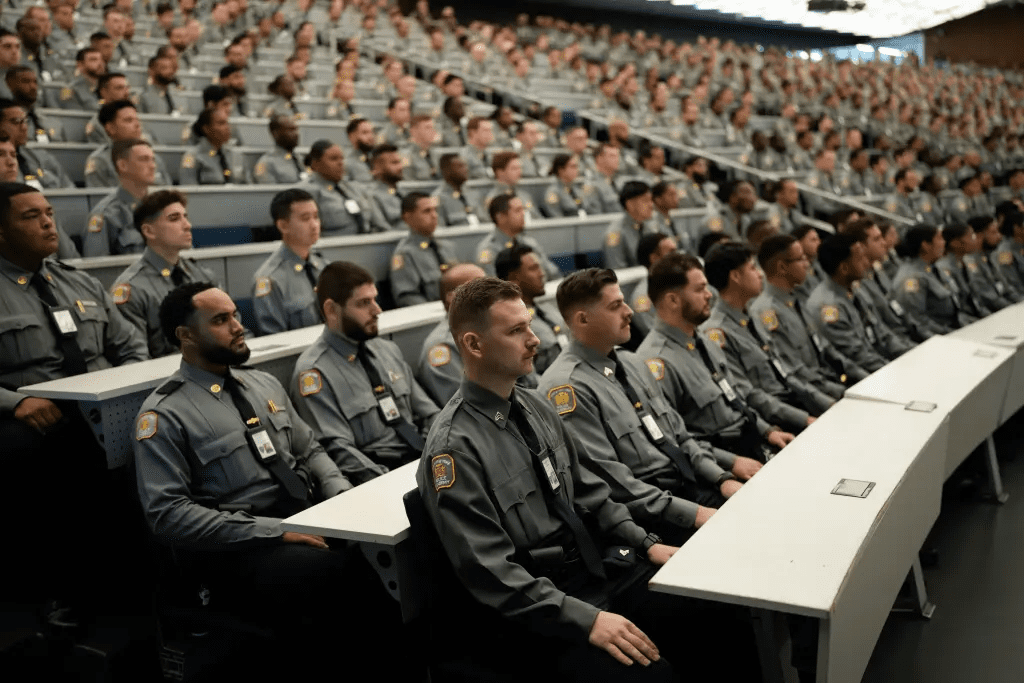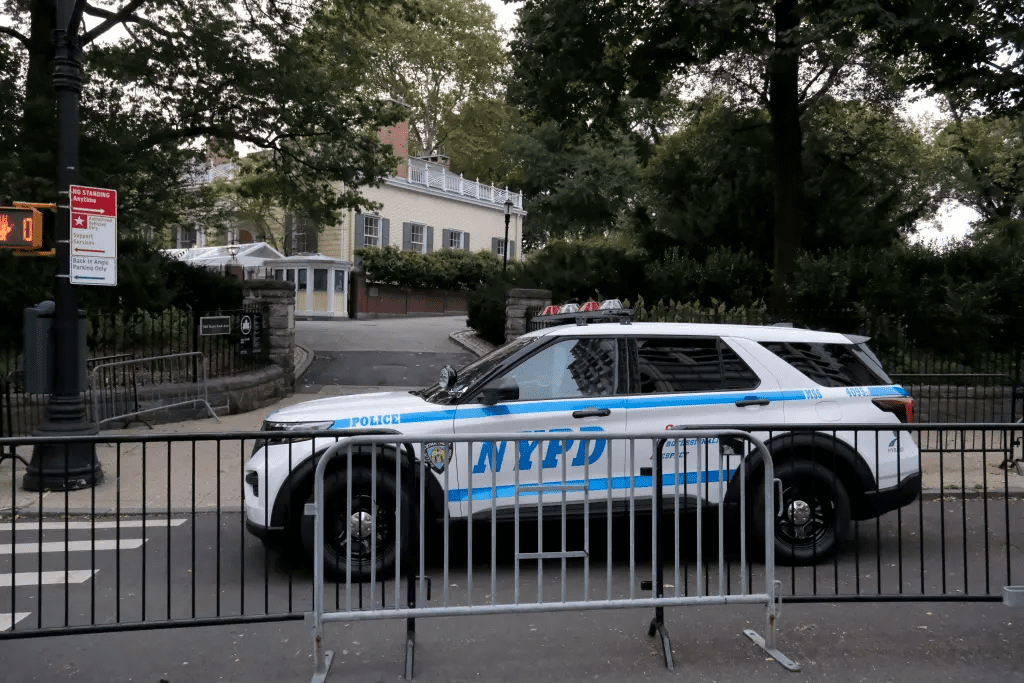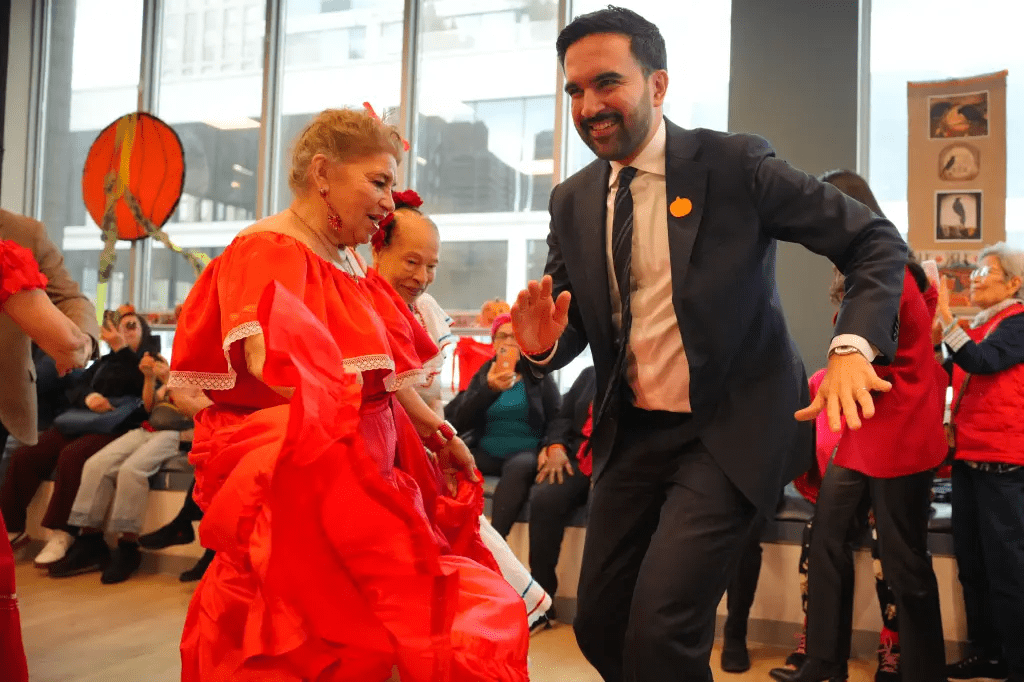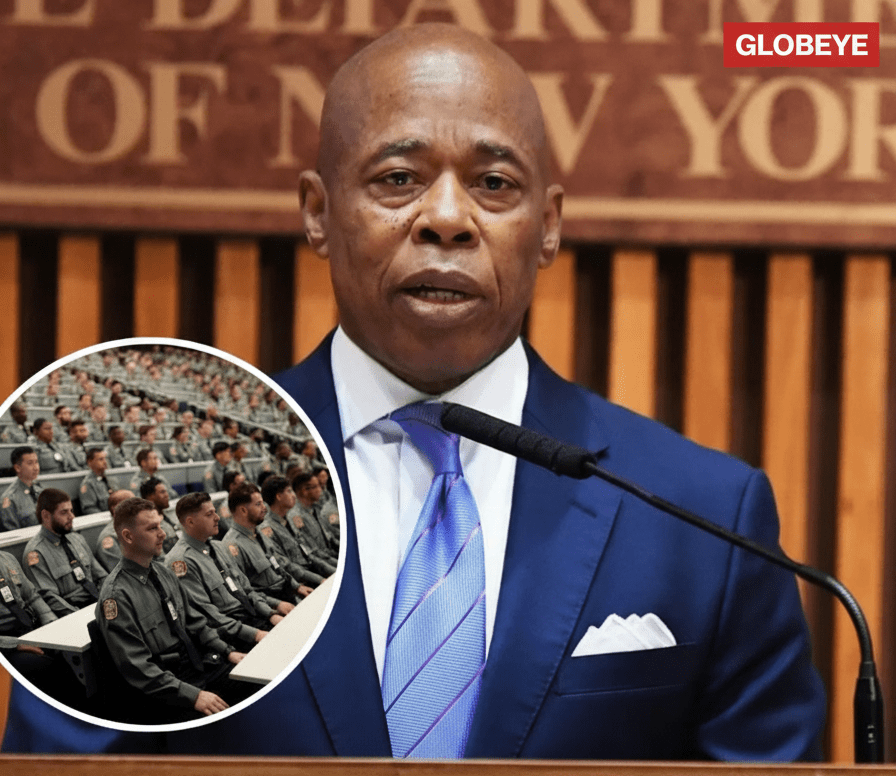Mayor Eric Adams announces major NYPD expansion bringing force to 40,000 officers by 2029
In a sweeping public-safety move that signals an aggressive shift in policy, New York City Mayor Eric Adams announced that the New York City Police Department will soon add 5,000 uniformed officers, raising its size to 40,000 by Fiscal Year 2029 and reaching its largest level in two decades. Sources say the decision was revealed during Friday’s Financial Plan Update and is part of a broader push to reset the city’s crime narrative and rebuild the department’s strength. According to city officials, incremental funding over the next four years will accelerate hiring, training and deployment — with the first phase beginning in July 2026.

Mayor Adams, speaking at police headquarters with top law-enforcement officials standing behind him, emphasised the urgency of the investment. Crime statistics in the city have shown some improvement, but public perception remains fragile. The mayor described the added officers as “our security blanket for New York’s future,” stating that as the city grows and evolves the demand for safety must keep pace. The city’s deputy budget director told reporters the planned expansion would be funded through a combination of budget re-allocations and targeted investment, with roughly $315.8 million allocated by 2029 for the increase.
The move arrives amid two interconnected challenges for the NYPD: a high attrition rate and an undersized force relative to the demands of 21st-century policing. Earlier in the year the police department welcomed its largest recruit class in nearly a decade — more than 1,100 new cadets — yet that increase only marginally offset departures. Department leadership has made no secret of the fact that one of its immediate priorities is making sure the newest officers can be retained long enough to make an impact on the streets. Mayor Adams argues this expansion addresses both the staffing gap and the morale issue.

For many New Yorkers, the announcement offers a sense of renewed hope, especially in neighborhoods that continue to feel the impact of violent crime, subway safety concerns and the strain of austerity budgeting. Local business leaders applauded the initiative as a sign of Washington-style ambition brought to the city’s most urgent problem: maintaining order in a diverse, dense, fast-moving metropolis. Yet critics caution that sheer numbers alone do not guarantee safety, pointing to the need for community engagement, effective oversight and meaningful reforms within the NYPD.
Civil-rights organisations and watchdog groups also weighed in. While welcoming the extra manpower, they urged the mayor to pair the hiring push with greater transparency, stronger accountability mechanisms and a commitment to building trust, particularly in historically underserved and over-policed communities. The mayor responded by saying that recruitment would prioritise diversity and local representation, and that the additional officers would be deployed in ways that emphasise prevention and neighborhood partnerships.

The announcement also arrives in the broader context of Mayor Adams’s reelection campaign, in which public safety remains a central theme. With the NYPD projected to hit its highest uniformed count in twenty years, Adams is seeking to shift the narrative from crisis management to forward-looking competency. The decision to expand the force — and to declare publicly the end goal of 40,000 officers — is both symbolic and practical, signalling the administration’s intent to restore scale and capacity to the department.

As the city begins to mobilise resources toward this goal, the question becomes how quickly and effectively the new officers can be integrated, how the department will respond to community concerns, and whether the investment will deliver tangible improvements in safety across the city’s varied boroughs. For now, Mayor Adams has made his bet: more officers, a bigger force, and a bold claim that New York is moving into a stronger era for policing and public-safety assurance.




